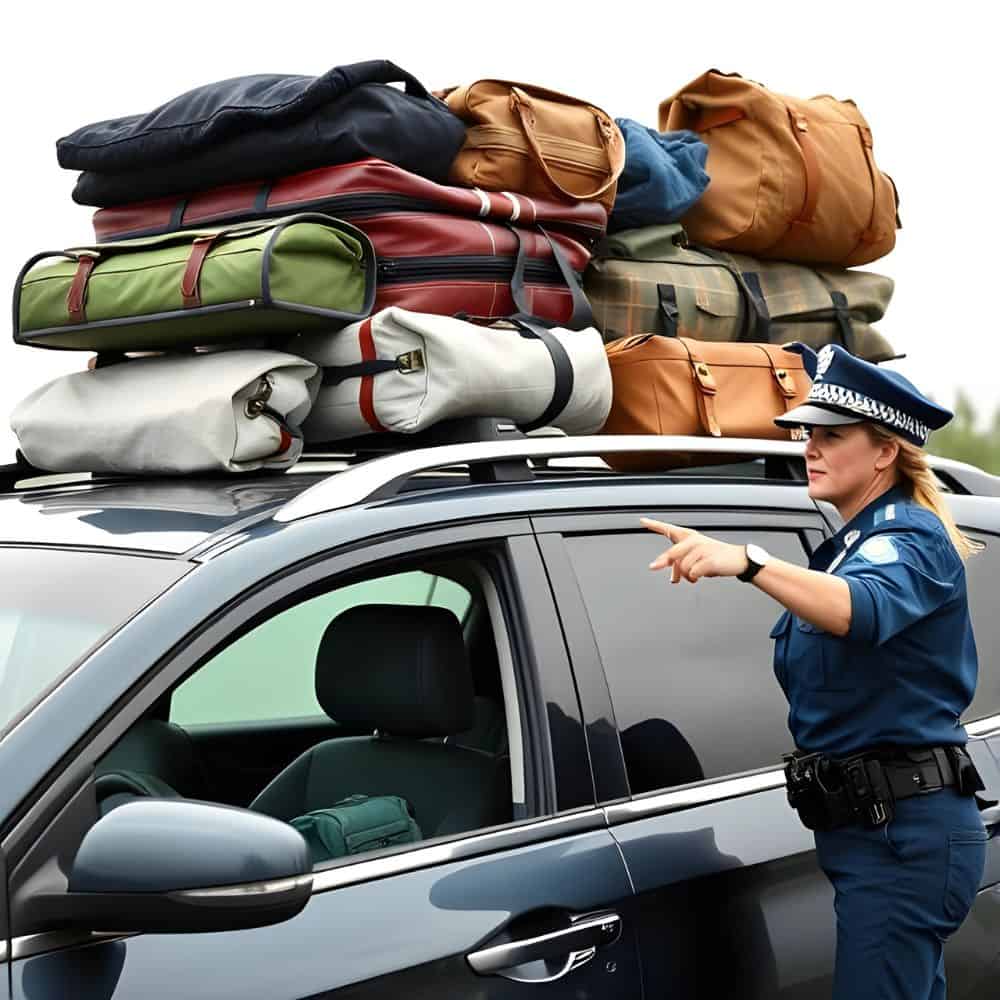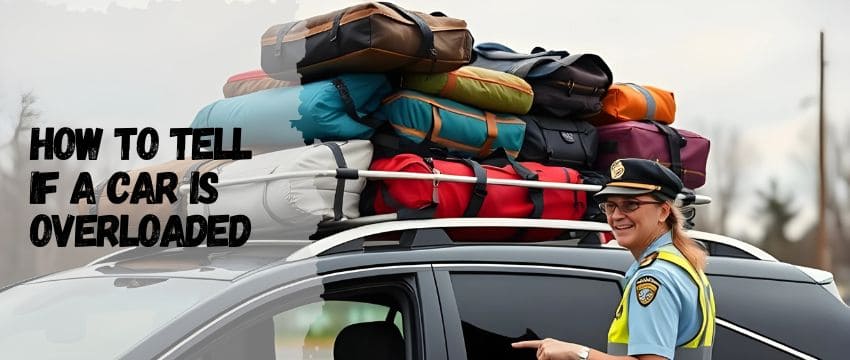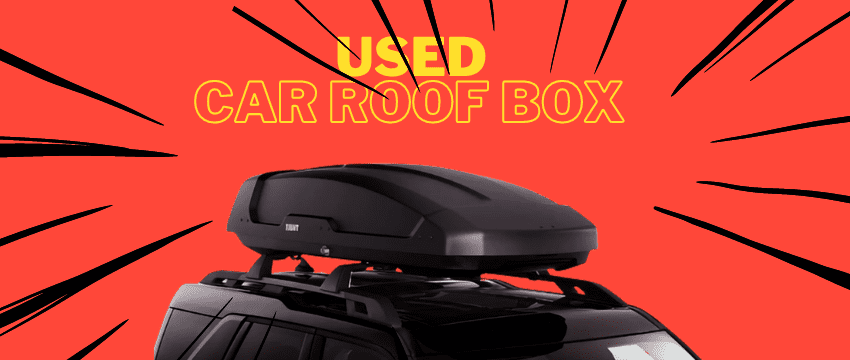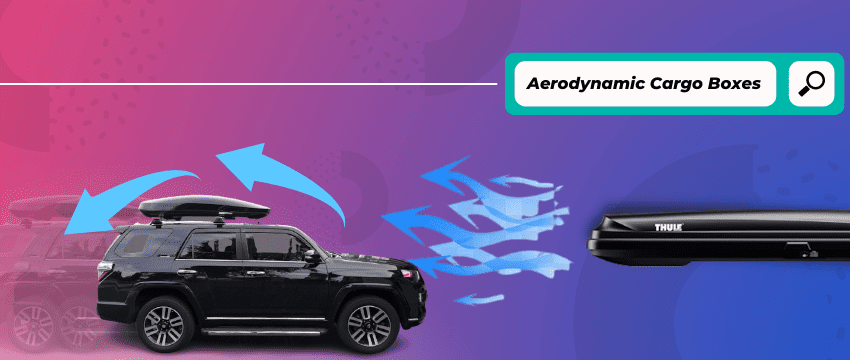Introduction to Car Overloading
Overloading a vehicle is a common yet dangerous mistake many drivers make, often without realizing the risks. Whether packing for a road trip, moving house, or transporting heavy equipment, exceeding your car’s weight limit can lead to catastrophic consequences. An overloaded car strains critical components like suspension, brakes, and tires, increasing the likelihood of mechanical failure. Beyond safety hazards, overloading can result in legal penalties, voided warranties, and costly repairs. Understanding how to identify an overloaded vehicle is essential for every driver. This guide explores physical indicators, weight limits, measurement techniques, and preventive strategies to ensure your car operates safely and efficiently.
Physical Signs of an Overloaded Car
One of the most immediate signs of an overloaded vehicle is a visibly sagging suspension. When a car carries more weight than it’s designed for, the rear springs compress, causing the body to dip toward the wheels. This not only affects aesthetics but also reduces ground clearance, increasing the risk of undercarriage damage on uneven roads. Additionally, overloaded tires may bulge outward or appear flattened, with sidewalls straining under pressure. Listen for unusual noises—scraping sounds when hitting bumps or a creaking suspension can indicate excessive weight. Handling changes, such as sluggish steering, delayed braking, or a “floating” sensation at high speeds, are red flags. For example, a family SUV packed with camping gear might sway dangerously during lane changes, signaling it’s beyond safe limits.
Understanding Weight Limits: GVWR and Payload
Every vehicle has a Gross Vehicle Weight Rating (GVWR), the maximum weight it can safely carry, including passengers, cargo, and fuel. This figure, found in the owner’s manual or on the driver’s door jamb, is determined by the manufacturer after rigorous testing. Payload capacity, often confused with GVWR, refers specifically to the weight of passengers and cargo the vehicle can hold. Exceeding these limits compromises structural integrity. For instance, a pickup truck with a GVWR of 6,000 pounds might have a payload of 1,500 pounds. Adding 2,000 pounds of construction materials would push it beyond safe parameters, stressing the frame and suspension.

How to Measure Your Car’s Current Load
Accurately determining your car’s load involves simple steps. First, note the GVWR and curb weight (the vehicle’s weight when empty). Subtract curb weight from GVWR to find payload capacity. Next, weigh your loaded vehicle using a public scale at truck stops or recycling centers. Portable axle scales can also measure individual axle loads, ensuring weight distribution is even. For example, a minivan’s curb weight is 4,200 pounds, with a GVWR of 5,500 pounds. If the scale reads 5,800 pounds, you’re 300 pounds over limit. Distribute weight evenly—placing heavy items low and centered—to avoid imbalanced handling.
Legal Implications of Overloading
Legal repercussions vary by region but often include fines, points on your license, and even vehicle impoundment. In the EU, commercial drivers face strict penalties, while U.S. states enforce individual statutes. Overloading contributed to 5% of road accidents in 2022, according to NHTSA. Insurance companies may deny claims if an accident results from exceeding weight limits. A case in Texas saw a driver fined $1,500 and deemed liable for a collision caused by brake failure from an overloaded trailer.
Effects on Vehicle Performance and Safety
Overloading alters a car’s dynamics, extending braking distances by up to 20% due to increased momentum. Tires overheat, raising blowout risks, while strained engines and transmissions overwork, reducing fuel efficiency. Steering becomes less responsive, and rollover risks escalate, especially in SUVs. Imagine a sedan carrying eight passengers instead of five—its center of gravity shifts, making sharp turns perilous.
Case Studies: Real-Life Consequences
In 2021, a Florida family’s overloaded SUV experienced tire blowout on a highway, leading to a rollover. The investigation revealed they exceeded the GVWR by 400 pounds. Another incident involved a delivery van in Germany whose suspension collapsed under excess cargo, blocking autobahn traffic for hours. These examples underscore the importance of adhering to limits.
Preventive Measures and Best Practices
Regular maintenance checks, educating passengers about weight limits, and using TPMS to monitor tire health are vital. Distribute weight evenly and secure loose items. Consider renting a trailer for heavy loads instead of relying solely on your car. For roof cargo, use aerodynamic carriers to minimize drag.
Common Myths and Misconceptions
Many believe “a little extra weight won’t hurt,” but even 100 pounds over limit can strain components. Others assume modern cars can handle more, but engineering tolerances are precise. Aftermarket modifications like lift kits don’t increase payload capacity—consult manufacturers before altering your vehicle.
Expert Advice and Recommendations
Mechanics emphasize routine suspension checks and tire inspections. Safety advocates recommend using apps to calculate payloads before trips. Insurance agents advise documenting cargo and ensuring coverage includes overload-related incidents. As John Miller, a certified mechanic, states, “Respecting weight limits isn’t just about compliance—it’s about preserving your vehicle’s life and your safety.”
Conclusion
Recognizing an overloaded car involves vigilance—observing physical signs, understanding weight ratings, and measuring loads accurately. Legal, safety, and financial risks make compliance crucial. By adopting preventive strategies and heeding expert advice, drivers can protect their vehicles and passengers. Remember: Safety isn’t just about reaching your destination; it’s about ensuring the journey doesn’t compromise your well-being. Stay informed, stay within limits, and drive responsibly.
Our team is creating outdoor-gear relevant articles with passion. If our articles can help you to find the correct solutions for your questions, we will be happy about that. In the content creation process, we usually collect accurate and useful information online or offline to compile our content in an organized way. Consequently, we can guarantee that you can discover some expected answers to your questions. We appreciate your time on our site.










